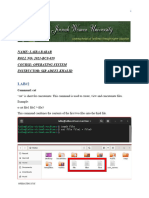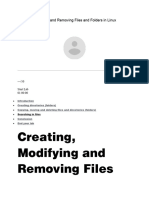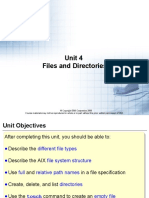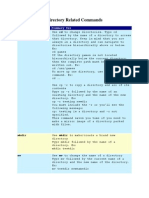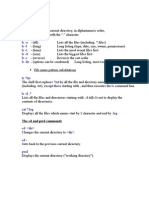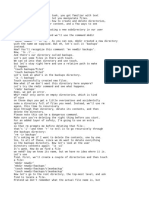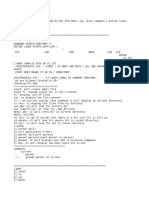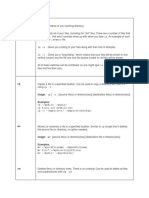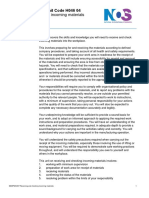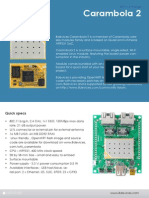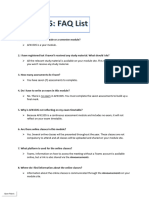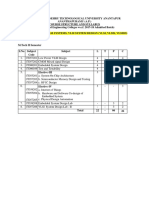0% found this document useful (0 votes)
26 views8 pagesLinux Directory Deletion Guide
The document discusses how to delete or remove directories in Linux using the rmdir and rm commands. It provides examples and explanations of using these commands to delete both empty and non-empty directories, with and without options like -r and -f. It also discusses using find, sudo, and wildcards to delete multiple directories at once.
Uploaded by
NedkoKadrevCopyright
© © All Rights Reserved
We take content rights seriously. If you suspect this is your content, claim it here.
Available Formats
Download as PDF, TXT or read online on Scribd
0% found this document useful (0 votes)
26 views8 pagesLinux Directory Deletion Guide
The document discusses how to delete or remove directories in Linux using the rmdir and rm commands. It provides examples and explanations of using these commands to delete both empty and non-empty directories, with and without options like -r and -f. It also discusses using find, sudo, and wildcards to delete multiple directories at once.
Uploaded by
NedkoKadrevCopyright
© © All Rights Reserved
We take content rights seriously. If you suspect this is your content, claim it here.
Available Formats
Download as PDF, TXT or read online on Scribd
/ 8














